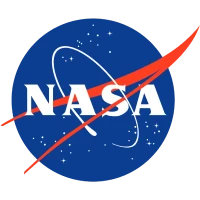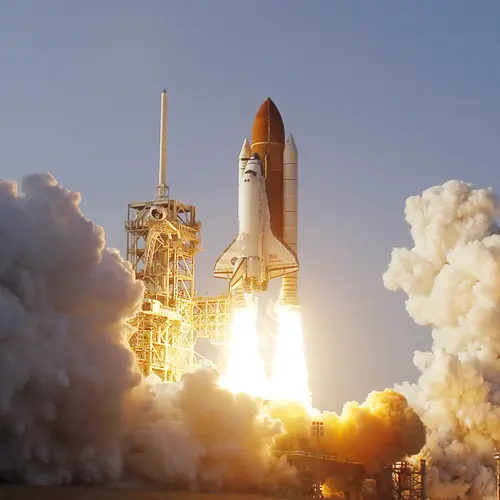/
STS-64
Launch Success
Liftoff Time (GMT)
22:22:55
Friday September 9, 1994
Watch Replay
Official Livestream
Mission Details
STS-64
STS-64 marked the first flight of Lidar In-space Technology Experiment (LITE) and the first untethered U.S. extravehicular activity (EVA) in 10 years. LITE payload employs lidar, which stands for light detection and ranging, a type of optical radar using laser pulses instead of radio waves to study Earth's atmosphere. The first spaceflight of lidar was a highly successful technology test. The LITE instrument operated for 53 hours, yielding more than 43 hours of high-rate data. Unprecedented views were obtained of cloud structures, storm systems, dust clouds, pollutants, forest burning and surface reflectance. Sites studied included atmosphere above northern Europe, Indonesia and the south Pacific, Russia and Africa. Sixty-five groups from 20 countries made validation measurements with ground-based and aircraft instruments to verify LITE data. The LITE science program was part of NASA's Mission to Planet Earth.
Low Earth Orbit
9,260 kilograms
Rocket


Agency
NASAPrice
$450.00 million
Rocket
Height: 56.1m
Payload to Orbit
LEO: 27,500 kg
GTO: 3,810 kg
Liftoff Thrust
30,250 Kilonewtons
Stages
2
Strap-ons
2
Launch Site
Stats
Space Shuttle
64th
Mission
5th
Mission of 1994
1994
62nd
Orbital launch attempt
